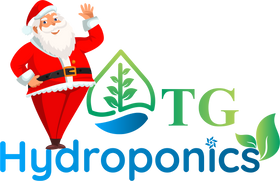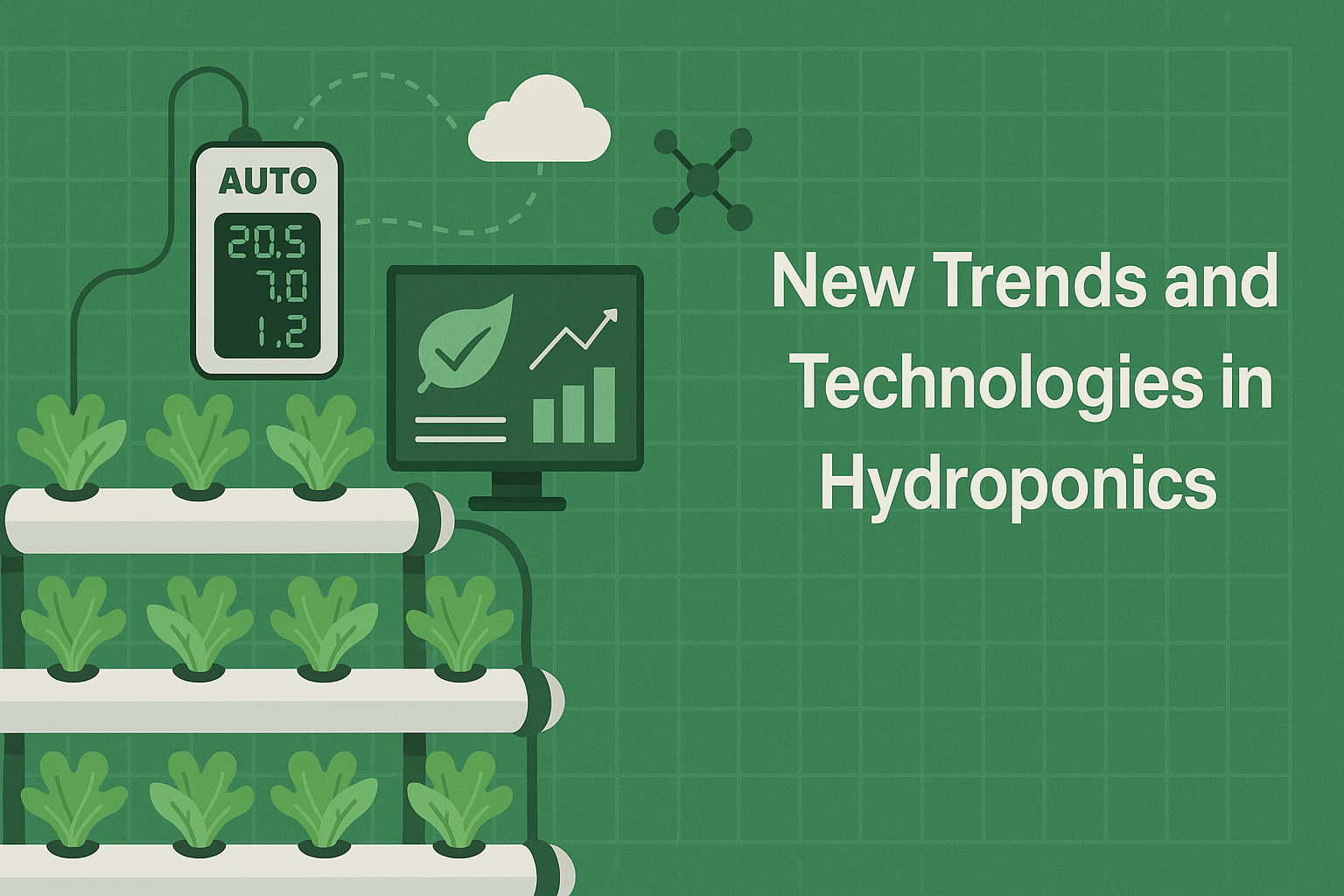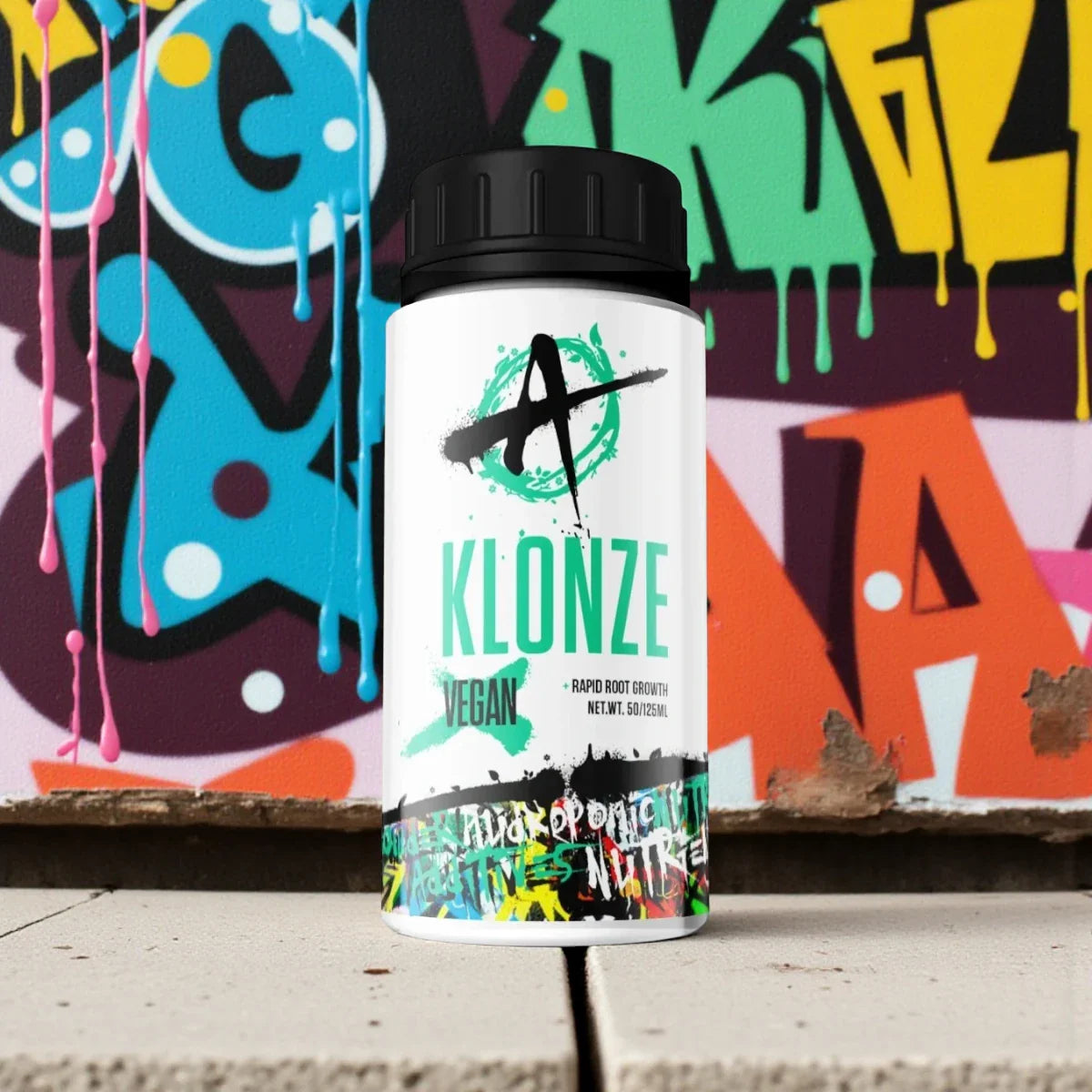The hydroponics industry is undergoing a revolution with the rapid development of new technologies. From automated hydroponic systems to the application of artificial intelligence (AI) in monitoring, these innovations not only enhance production efficiency but also help protect the environment and conserve resources. In this article, we will explore the trends and technologies that are changing the hydroponics industry today.
1. Automated Hydroponic Systems: Simplifying the Production Process
One of the most prominent trends in the hydroponics industry today is the adoption of automated systems. These systems allow farmers and hydroponic businesses to monitor and control all aspects of the growing environment remotely, including light, temperature, humidity, pH, and electrical conductivity (EC).
Automated hydroponic systems often use sensors to continuously collect data, enabling users to easily adjust critical factors in the growing process. This not only saves time and effort but also ensures that crops are always in optimal conditions, thereby increasing yield and product quality.
These automated systems can precisely control the amount of water and nutrients used, minimizing waste and improving resource efficiency. This is especially important in today's environment, where the need to protect water and energy resources has become a critical issue in agriculture.
2. Application of Artificial Intelligence (AI) in Hydroponic Monitoring and Management
AI is becoming an indispensable part of monitoring and managing hydroponic systems. AI systems have the ability to analyze data from sensors and make predictions or recommendations based on changes in the growing environment.
One of the applications of AI in hydroponics is the use of machine learning to analyze data patterns and detect potential issues, such as sudden changes in pH, temperature, or humidity. These systems can issue early warnings, allowing farmers to take prompt action and avoid costly damage.
Moreover, AI can optimize plant care processes, such as adjusting light, temperature, and humidity in real-time to ensure healthy and consistent plant growth. The use of AI also helps farmers make more accurate decisions regarding irrigation, nutrient supplementation, and harvest timing.
3. Using Sensors and IoT to Monitor and Manage the Hydroponic Environment
The Internet of Things (IoT) and sensors are crucial technologies in monitoring hydroponic systems. Sensors can measure humidity, temperature, pH, light, and many other environmental factors. The data collected from these sensors is sent to cloud platforms, where it is analyzed and processed.
This enables farmers to remotely monitor and adjust environmental factors through mobile devices or computers. This system saves labor, reduces human error, and optimizes the growing process. Furthermore, farmers can easily receive detailed reports on plant health and hydroponic system performance.
4. Smart Hydroponic Systems and Yield Forecasting
Smart hydroponic systems not only monitor environmental factors but also predict future crop yields. By using AI and machine learning algorithms, these systems can analyze data about crops and make yield predictions based on factors such as growth time, climatic conditions, and other variables.
Through yield forecasting, farmers can plan production more efficiently, determine optimal harvest times, and optimize resource allocation. This system also helps reduce waste during production, as decisions can be made based on real data rather than subjective experience or assumptions.
5. Application of LED Technology and Integrated Lighting
LED lighting technology is gradually replacing traditional lighting systems in hydroponics. LED lights not only save energy but can also be adjusted to suit different stages of plant growth. Smart LED lighting systems can adjust the intensity and color of light according to the plant's needs, enhancing photosynthesis and optimizing growth processes.
Some hydroponic systems today integrate LED lighting with AI to automatically adjust lighting, thus maximizing yield and minimizing energy consumption.
Conclusion
The new trends and technologies in the hydroponics industry are creating a bright future for modern agriculture. The adoption of automation systems, AI, IoT, and LED lighting technologies not only enhances production efficiency but also contributes to environmental protection and resource conservation. With the rapid advancement of technology, hydroponics is poised to become one of the most sustainable and effective agricultural methods in the future.




